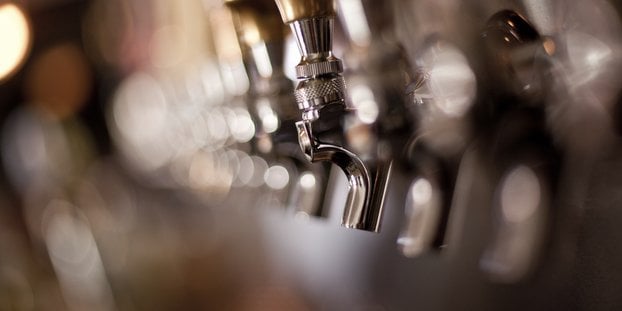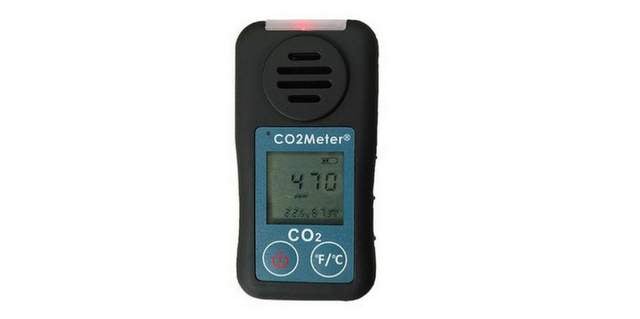
CO2Meter recently spoke with two of its long-term partners, the Draft Doctor and the IBDEA Draught School, for “7 Best Practices and Safety Tips” when it comes to cleaning and properly putting your lines to sleep. Morgan Morris, director of marketing, for CO2Meter, relayed the advice for us to share.
Step 1: Clean and rinse the entire draft system with water
Step 2: Use clean CO2 to push the water out of the system
Step 3: Shut off your gas supply to conserve Carbon Dioxide
Step 4: Shut off your glycol system
Step 5: Purge your kegs in order to remove old Carbon Dioxide (CO2)
Step 6: Refill kegs with twelve to fourteen pounds of new CO2. This will allow you to easily get your system up and running again
Step 7: Make sure your kegs are kept cold otherwise a change in temperature can affect the flavor of the beer.
CO2 safety while cleaning
During this process, you will likely be working in an enclosed space with carbon dioxide (CO2). Because CO2 can rapidly displace oxygen in a room, you will want to have a portable CO2 detector, like our SAN-11 Personal 5% CO2 Monitor and Data Logger. This way, you will be alerted to high levels of CO2 before your safety is put at risk. Our partners at the Draft Doctor and IBDEA Draught School have their SAN-11’s on them at all times during this process.
Coming back online
Some day when social distancing is behind us, you are ready to get your draft system up and running. If you have taken the above seven steps, you should be able to simply turn the system on and start pouring delicious beer. Be aware though, that because you have used CO2 to push the water out of the system, your lines are slightly pressurized. Don’t be alarmed if a valve, clamp, fitting, or hose ruptures or disconnects. Bringing a system like yours back on-line can sometimes cause these little issues. Be mindful that, unlike the Draft Doctors team, you may not be protected by fixed CO2 safety monitoring. Consider installing a CO2 safety monitor in your draught cooler to protect all your employees from CO2 related injuries.
CO2 safety monitoring
With employees in the beverage and brewing industries, carbon dioxide continues to be a critical element in many beverage applications – yet continues to be a hazard in regards to personal exposure and CO2 leak points.
Investing in proper Carbon Dioxide (CO2) safety devices is always vital and provides further protection for your workplace. For Beverage industries, it is important to educate workers on the hazard areas such as fermentation, walk-in draft coolers, brite tanks, and beverage dispensing areas.
If you have employees around areas where CO2 may be stored or produced, a fixed wall-mounted device or personal safety monitor is always a priority.
CO2Meter products
The CM-7000 Multi-Sensor System is an ideal choice for fixed devices, in detecting carbon dioxide levels in the ambient air and alerting employees should an incident occur. With audible and visual alarms, as well as 12 unique sensor configurations with 4 relays, this device meets all local fire codes and can send an immediate alarm to the fire department or monitoring companies.
The SAN-11 – Personal 5% CO2 Safety Monitor and Data Logger as well as the SAN-13 CO2 Leak Detector, is designed for employees who work in enclosed areas where carbon dioxide buildup may cause personal harm. Portable devices can also be a great alternative, due to their rugged design, enhanced accuracy, data logging capabilities, and ease of application integration.





Leave a Reply
You must be logged in to post a comment.